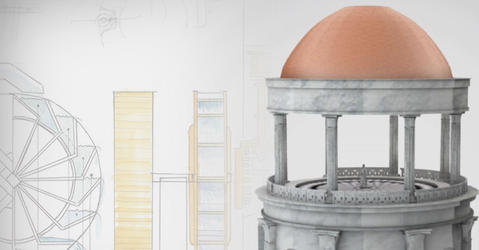You are here
Videos
Each year, some 40 billion tonnes of CO₂, one of the main greenhouse gases, are released into the atmosphere. A significant proportion of these is captured by the oceans, vegetation and the soil. The CNRS scientists are trying to better understand these natural carbon sinks, predict their evolution and also increase their storage capacity, or even envisage artificial sinks.
Recent Videos
Sofia is a Boeing 747 like no other. Run by NASA and the DLR, the German space agency, this aircraft was specially modified to accommodate a telescope. Come on board with astrophysicist Olivier...
How is collective memory shaped after tragic events like the November 2015 terrorist attacks in Paris? A team of researchers are tapping into the memories of 1000 participants over a period of 10...
Apart from creating the pleasant feeling on our tongues, Champagne's effervescence plays a key role in the release of aromas into the air. A team of researchers in France have studied the physics...
Paintings and engravings show us what 18th century Paris looked like. But what did it sound like? A group of researchers has created an audioguide that revisits the stories of those whose...
To grow, plants need nutrients that they draw from soil, especially nitrogen. Pulse crops (the UN declared 2016 the International Year of Pulses (IYP)) have developed a cunning strategy: they...
"The main dining table, which was round, rotated night and day, imitating the motions of the globe." The surprising construction mentioned by Suetonius in his biography of Nero has been found. On...








